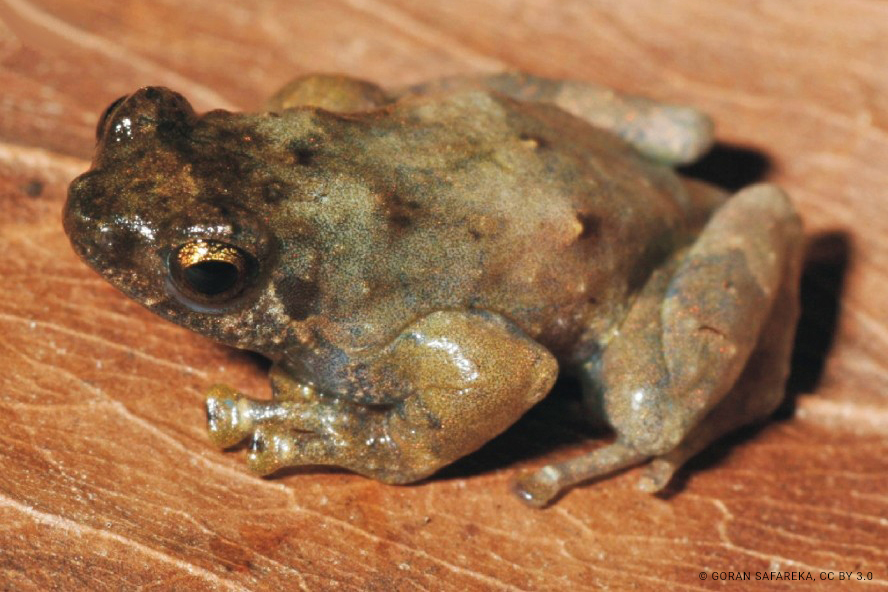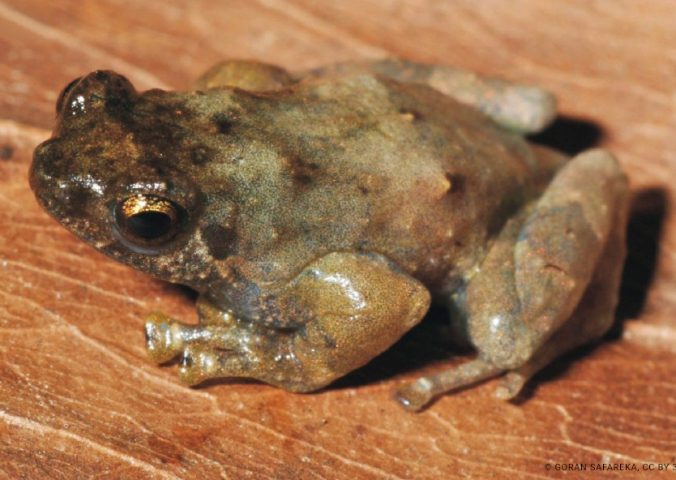About
Anodonthyla theoi is endemic to Madagascar and is known only from Manombo Species Reserve.
This is a poorly surveyed region, so it is not known whether the species is more widespread.
It is likely that there has been a significant range contraction over the past 50-100 years as much of the coastal forest has disappeared during this time frame. This species’ habitat is under threat, with very little remaining forest in southeast Madagascar, all of which is subject to ongoing deforestation for timber and charcoal production, subsistence agriculture, livestock grazing, pasture, human activity and mining activities. Primary forest is continuous in the reserve however, although it is subject to regular disturbance from cyclones. The reserve is reasonably well protected but this must be improved, especially inside the Special Reserve.
This species is part of the Microhylid frog family and molecular data has shown that the initial divergence of the Microhylidae family to have taken place about 66 millions of years ago, or immediately after the Cretaceous extinction event.
- Order: Anura
- Family: Microhylidae
- Trend: decreasing
- Weight: Unspecifie
EDGE Score
Distribution
This species is known from Manomba Special Reserve, southeast Madagascar. The two known sites are separated by a straight-line distance of around 1km.
Habitat and Ecology
This species is arboreal and lives in lowland rainforest, recorded below 50 metres above sea level. Little is known about its habitat requirements and ecology and but it is likely to be dependent on forests. It is presumed to breed in water-filled tree holes.

